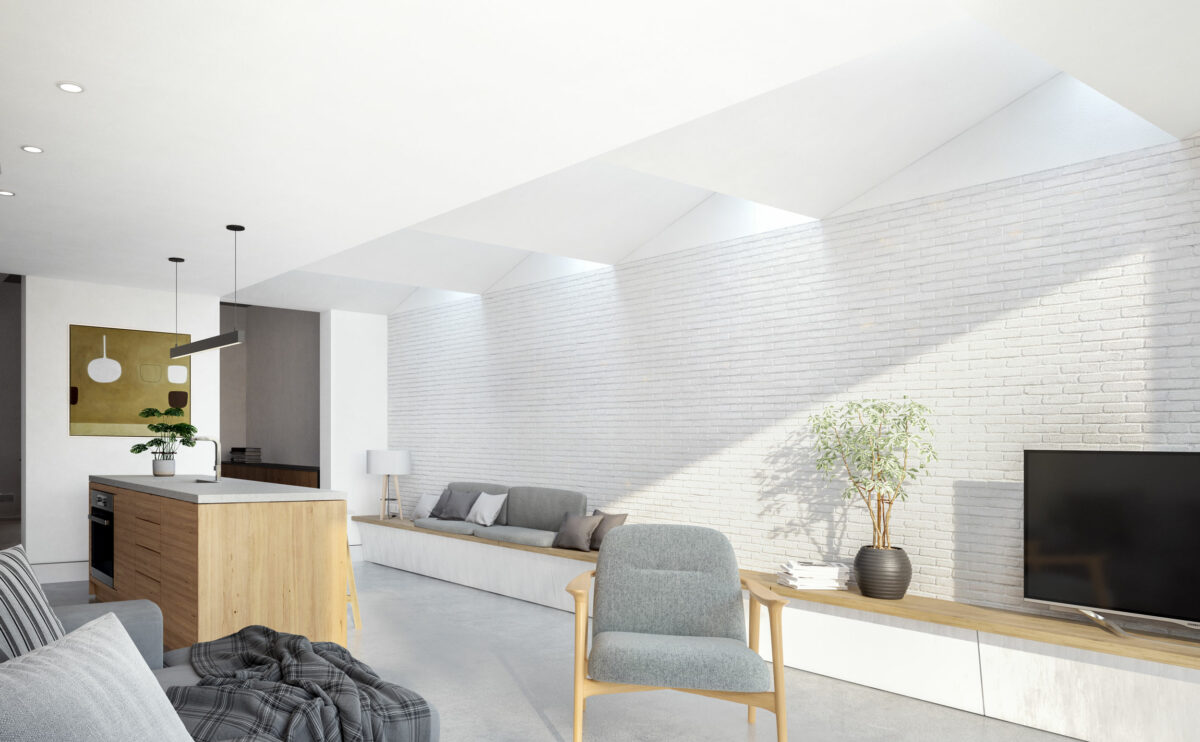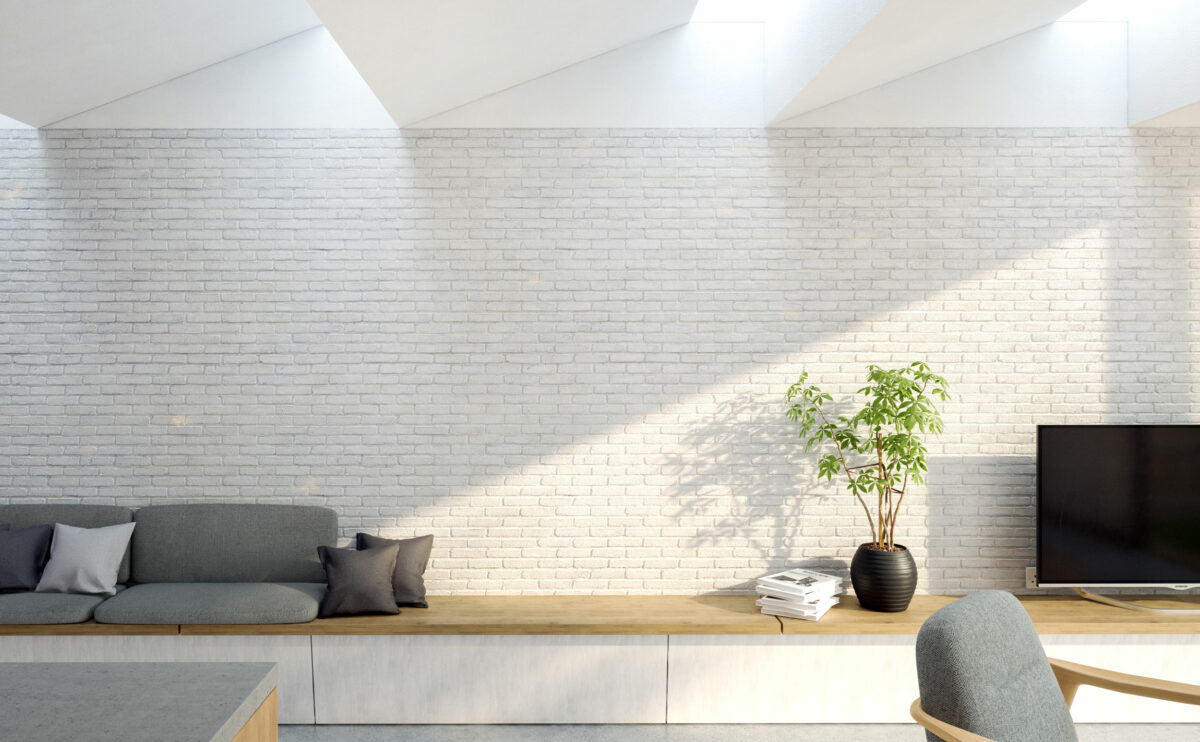Brickwork is the construction of buildings or structures using bricks, rectangular blocks made of clay, shale, or a mixture of these materials, that are fired in a kiln at high temperatures to produce a hard, durable building material. It involves laying bricks in a pattern to create walls, arches, and other structures.
The process of building with bricks typically involves laying the bricks in a bed of mortar, a mixture of water, sand, and cement that acts as a glue to hold the bricks together. The bricks are laid in courses, or rows, with each course slightly overlapping the one below it. The courses are typically separated by a joint, which is a thin line of mortar that helps to evenly distribute the weight of the bricks and helps to prevent cracks from forming.
Brickwork is a durable and long-lasting building material that has been used for centuries. It is resistant to fire and weathering, and is able to withstand the wear and tear of everyday use. When properly constructed, brickwork is strong and able to withstand significant loads. In addition to its practical benefits, brickwork is also aesthetically pleasing, they can be made from locally sourced materials and can add a sense of warmth and character to a building when exposed.


